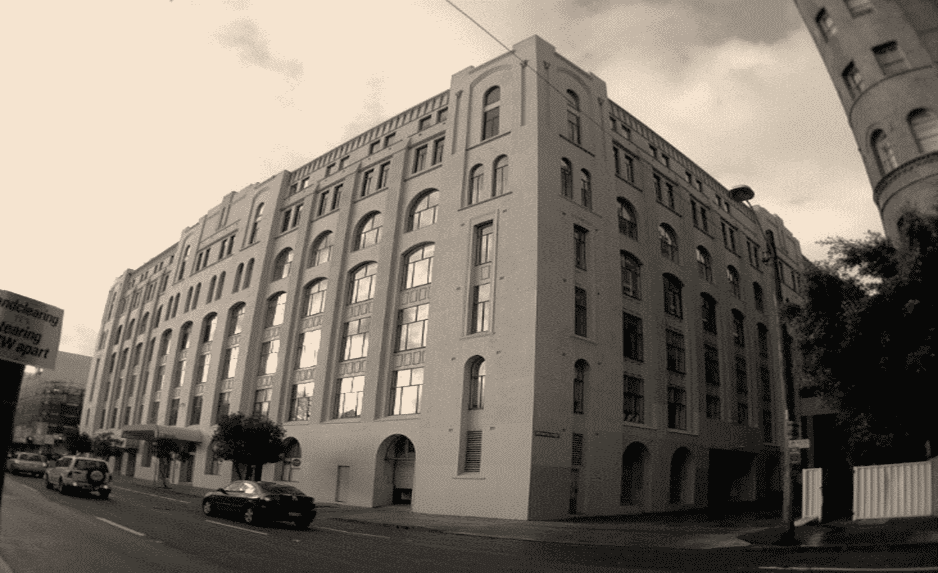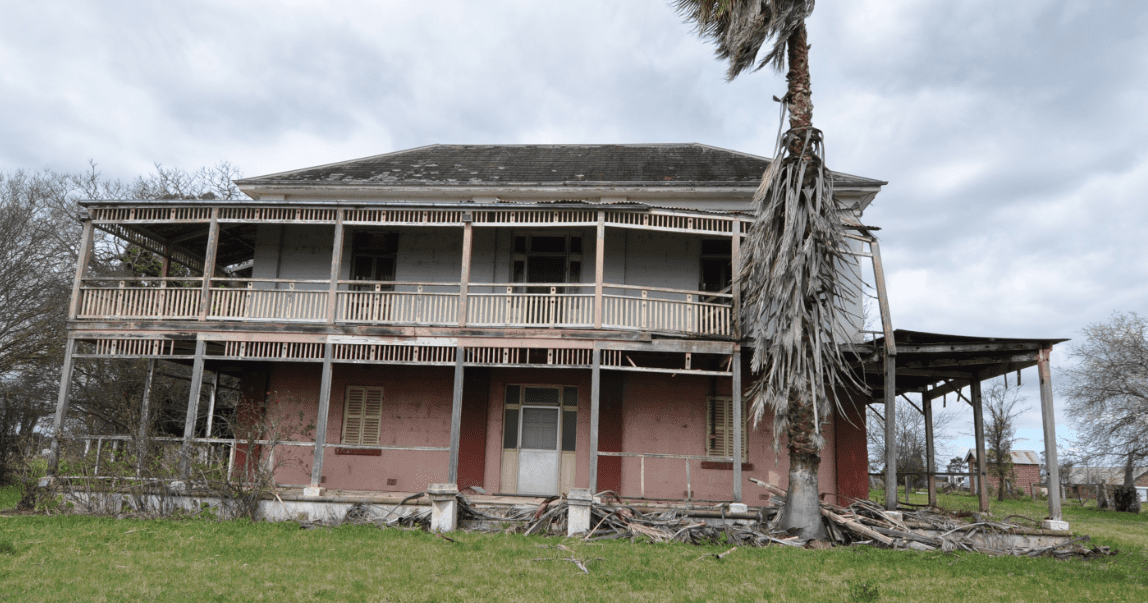Professional Associations
In 2013, British Standards published its 2nd edition of BS 7913:2013. The publication is entitled: Guide to the conservation of historic buildings. It is an excellent document and recommends well-balanced practical approaches to the repair, management and conservation of heritage buildings and structures. It goes beyond our own Australian Burra Charter inasmuch as it deals with highly specific approaches to repair and maintenance such as rising damp, falling damp, introducing new services into heritage buildings, fire upgrades etc.
I am strongly in favour of an equivalent document being produced in Australia. If nothing else, it would set a standard by which owners, developers, designers, architects, councils and the legal fraternity go about the business of legislating, managing and repairing heritage buildings of all types and ages. For instance, councils, developers, owners and builders might get accused of not meeting standards which are desperately needed in the industry. From there, prosecutions may be engendered all in an effort to raise the efficacy of cultural built heritage as a public good in society.
 Fig. 1 – heritage building in Cambridge, UK
Fig. 1 – heritage building in Cambridge, UK
By way of a small example, I have extracted some of the clauses in the British document below just to show how they could easily be applied in Australia.
6.4 The purpose of repair
The main objective of repair is to bring a historic building into good condition, while retaining its significance. The level of intervention should be the minimum necessary to stabilize and conserve the historic building, ensure its long-term survival and meet the requirements of any foreseeable new use.
6.5 Minimum work
In most cases the significance of a historic building relies heavily on its fabric so the unnecessary replacement of this can have an adverse effect. The level and nature of repair should be appropriate to the particular situation and historic building. For example, some elements of a structure require periodic replacement, such as roof coverings, which can be justified by the need to protect the structure below. The level of intervention can be higher if the costs and complexities of access merit this. For example, high-level repairs to major buildings could justify a greater level of intervention and replacement, because of the costs of scaffolding and access to that height. A lower level of intervention might be more appropriate for other parts of the historic building because the implications of the processes of decay are less, and in these cases a much more selective approach to intervention should be taken.
6.6 Investigation
Before any intervention is specified and carried out, the history and fabric of the historic building, and the nature and causes of defects should be investigated by competent persons.
6.7 Proven techniques
A principal objective of repair is to retain the performance of the existing fabric. This is usually best achieved by using matching materials and traditional repair techniques. In some instances, modern methods might be appropriate, such as the use of synthetic resins for timber repairs, but their use should be thoroughly researched before they are specified. In other instances, the original design or construction might be flawed. If this fundamentally affects the performance of the historic building, then a modern approach might be required. For example, the replacement of an inadequately-sized down pipe or the reconfiguration of roofs and valleys to allow the efficient disposal of rainwater. New materials and techniques should be used only when there is evidence that they perform satisfactorily in use.
6.8 Honest repair
The significance of the historic building should be taken into account when repairing it. Generally, repairs should be carried out without any attempt to disguise them, but should not be unduly obtrusive or unsympathetic. Different approaches may be adopted where aesthetic considerations are particularly significant.
6.9 Reinstatement of lost features
Elements of a historic asset which contribute to its design might have been lost and their replacement might be justified, for example, the loss of some pinnacles, sections of balustrades and sash windows. The significance of the replacement should be weighed against the original design concept. Reinstatement should be justified by strong evidence and research.
Paul Rappoport – Heritage 21 – 24 April 2017
Reference: BRITISH STANDARD BS 7913:2013 ©
Related Articles

Incentivising Ownership of Heritage Buildings
In response to the recent enquiry by the government relating to the NSW Heritage Act, I made the following recommendation.…
Read more
Does the NSW Heritage Act Reflect the Expectations of the NSW community?
In the recent NSW Heritage Act inquiry, I submitted a series of recommendations to the government seeking community response in…
Read more
A New Heritage Council for NSW
In the recent NSW Heritage Act inquiry, I submitted a series of recommendations to the government seeking community response in…
Read more
Heritage has become increasingly Litigious, Mysterious and Flaccid
I have been practicing as a heritage architect in NSW for the last 30 years and during that time, I…
Read more

Need help getting started?
Check out our guides.

Complete the form below to contact us today.








